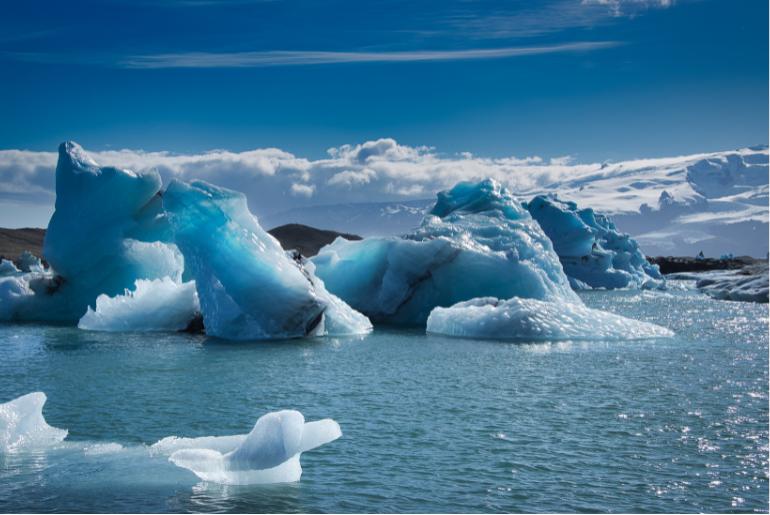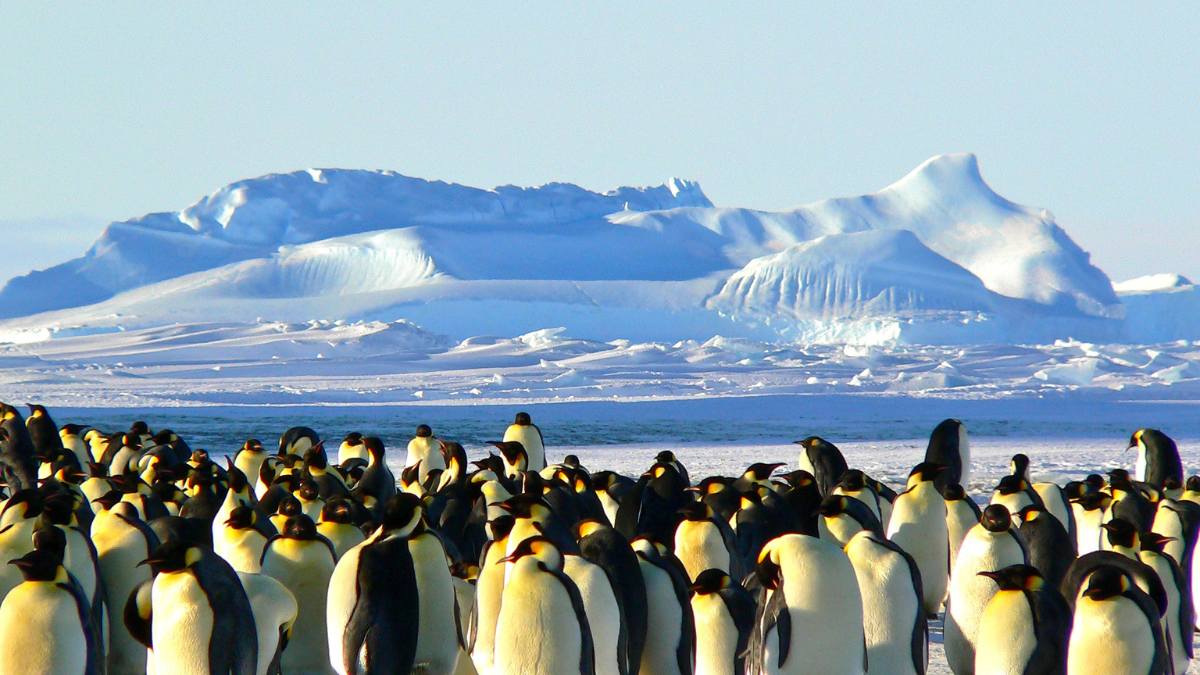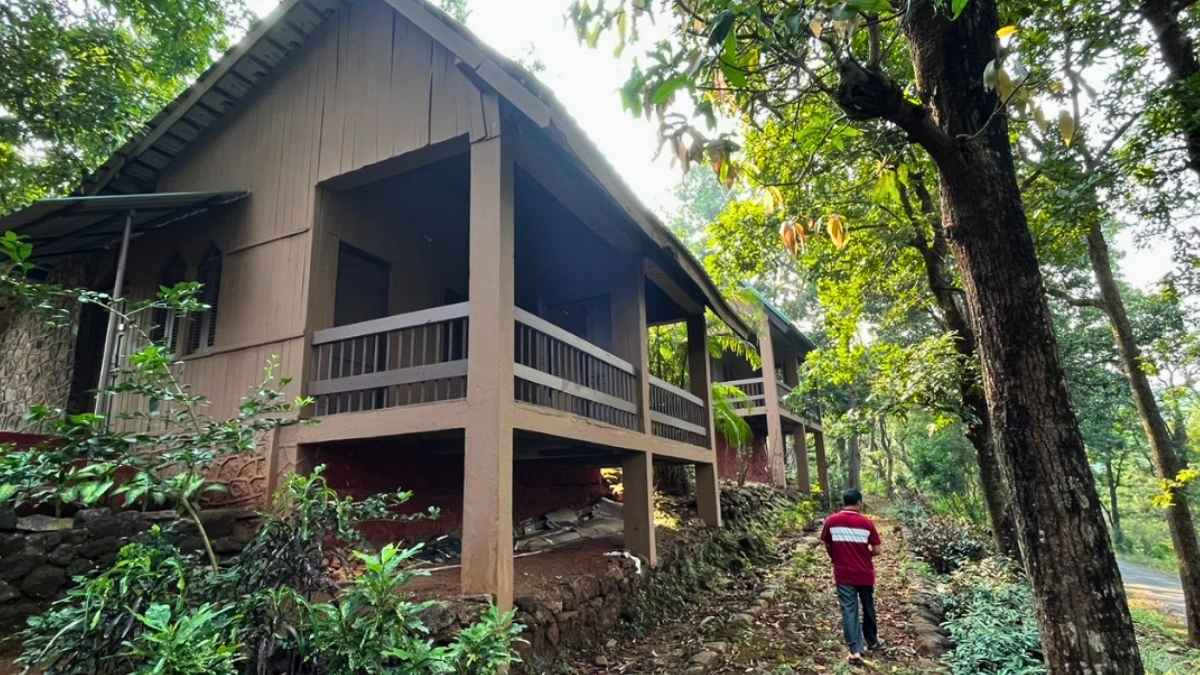Have you ever found yourself pondering the world’s most isolated regions? How do you even learn that these locations exist? If the answer is yes, then you may want to read this article. French Southern and Antarctic Territories, often known as the French Southern and Antarctic Lands, is the full name of the region. The French Southern Territories is a collection of isolated islands located halfway between Madagascar and the continent of Antarctica, as may be seen on a map. That is the area known as the French Southern Territories.
There are several reasons why these islands are extraordinary. Primarily, their isolation has allowed the lands to stay untamed and wild, leading to their designation as a UNESCO World Heritage Site for their distinctive biodiversity and beauty. All of these areas were found by French explorers, and some of them even bear their names. They were then formally established as a region and given the designation “overseas territory of France” during the territorial revision in 1955. French Southern and Antarctic Territories, unlike British Overseas Territories, are legally a part of France and its territory!
Islands Of French Southern and Antarctic Territories

Kerguelen Islands
In terms of administration, it is a part of the French Southern and Antarctic Lands (Terres Australes et Antarctiques Françaises). It is made up of the island of Kerguelen (also known as Desolation Island) and almost 300 islands that together encompass over 2,400 square miles. Kerguelen Island is heavily glaciated and is around 100 miles long. On the main island, Port-aux-Français, a permanent base and scientific hub, was founded in 1950.
Adélie Land
The Wilkes Land coast on eastern Antarctica’s Adélie Coast, also known as Adélie Land, stretches from Clarie Coast (west) to George V Coast (east). Jules-Sébastien-César Dumont d’Urville, a French explorer, made the discovery in 1840 and gave it his wife’s name. Strong katabatic winds that frequently blow along this coast are responsible for driving sea ice away from the shoreline and blowing snow out to sea.
Also read: Butter Chicken Wasn’t Enough, Gordon Ramsay Gets Bashed For “Whitewashed” Roghan Josh
Nouvelle Amsterdam
Administratively a part of the French Southern and Antarctic Territories is the island of Nouvelle Amsterdam in the southern Indian Ocean. The expedition of Ferdinand Magellan made the discovery in 1522. A Dutch adventurer, Anthony van Diemen, gave it his name in 1633. It was conquered by France in 1843 along with Saint-Island.
Saint Paul Island
In the southern Indian Ocean, Saint Paul Island, also known as Île Saint-Paul, is a small island that is administratively part of the French Southern and Antarctic Territories. The original inhabitants were fishermen from Réunion when it was first invaded in the 16th century.
Crozet Islands
Located in the southern Indian Ocean, 1,500 miles (2,400 km) off the coast of Antarctica, the Crozet Islands are an archipelago that is administratively part of the French Southern and Antarctic Territories. It is made up of many tiny, deserted islands that were formed by volcanic activity. They have been recognised as a national conservation area.
Unique Facts About French Southern and Antarctic Territories
1. Consider the fact that only 120 people live in the huge land overall in the winter. Roughly, 200 people do so in the summer.
2. In this area of the planet, tourism does not exist. Or, let’s say it is extremely exclusive and by no means widespread.
3. Many penguins, seals, and countless other birds and creatures will be present for you to witness in their natural habitat.
4. Just picture tens of thousands of penguins lining up side by side on the shore of a tiny bay, appearing to form a blanket that stretches for miles. Wonderful, isn’t it?
5. Ridges, craters, and the cleanest bays can be found along with steep cliffs that plunge far into the ocean.
6. La Roche Godon, might be a fascinating location to get a peek at how scientists do their research in areas like climate, marine biology, seismology, etc.
Cover Image Courtesy: Canva
First Published: March 16, 2023 2:17 PM



